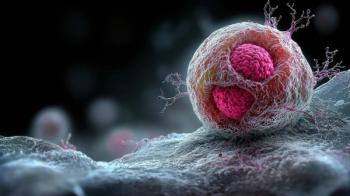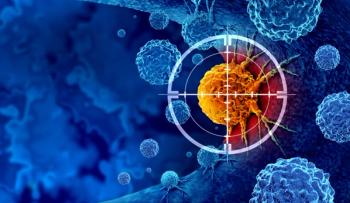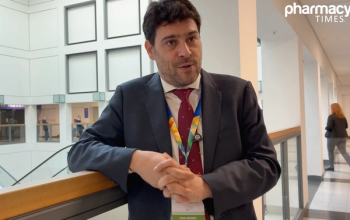
The Humble Milk Thistle: An Intervention for Liver Disease?
A study examined whether silymarin, is an active extract of milk thistle, has a therapeutic effect and can improve hepatic enzyme measures.
Over the past few decades, prevalence of nonalcoholic fatty liver disease (NAFLD) has increased in many countries around the world including the United States. It is closely associated with overweight and type II diabetes. Unless patients diagnosed with NAFLD implement lifestyle changes to increase exercise and lose weight, NAFLD can progress to nonalcoholic fatty steatohepatitis (NASH) or cirrhosis.
Researchers have tried numerous pharmacologic interventions with varying results to address NAFLD. A study published in the journal Medicine looks at 1 complementary/alternative product to determine if it might have a therapeutic effect and improve hepatic enzyme measures. The product, silymarin, is an active extract of milk thistle, a plant found throughout the world.
The study authors indicate that the liver's primary role predisposes individuals who develop NAFLD to other systemic metabolic disorders. They identified 8 randomized clinical trials that had enrolled 587 patients with NAFLD who took silymarin.
In the studies, doses differed considerably. Some studies administered 70 mg to 80 mg three times daily. Others used once daily dosing, and 1 study used 540 mg twice daily. The authors indicate that doses of 70 mg 3 times daily or 140 mg twice daily seem to have the most robust therapeutic effect. Overall, participants who took silymarin tolerated it well.
Review of these studies led the authors to propose that silymarin appears to be able to reinvigorate the liver; this finding is based on lower AST and ALT levels in patients who were silymarin-treated compared with controls. They also report that the improvements in AST and ALT might predict better prognoses and a lower likelihood of progression to cirrhosis.
These authors did not address the issue of potential drug interactions with silymarin. Pharmacists should note that by virtue of its effect on the liver, silymarin may have some drug interactions. Studies conducted to date indicate that it does not appear to have much effect on most CYP450 isozymes, but may have a minor effect on CYP2C9. Ongoing study is needed to determine its specific drug interactions.
Pharmacy should also note that guidelines do not recommend routine use of silymarin in NAFLD at this time.
Reference
Zhong S, Fan Y, Yan Q, et al. The therapeutic effect of silymarin in the treatment of nonalcoholic fatty disease: A meta-analysis (PRISMA) of randomized control trials. Medicine (Baltimore). 2017 Dec;96(49):e9061.
Newsletter
Stay informed on drug updates, treatment guidelines, and pharmacy practice trends—subscribe to Pharmacy Times for weekly clinical insights.






















































































































































































































